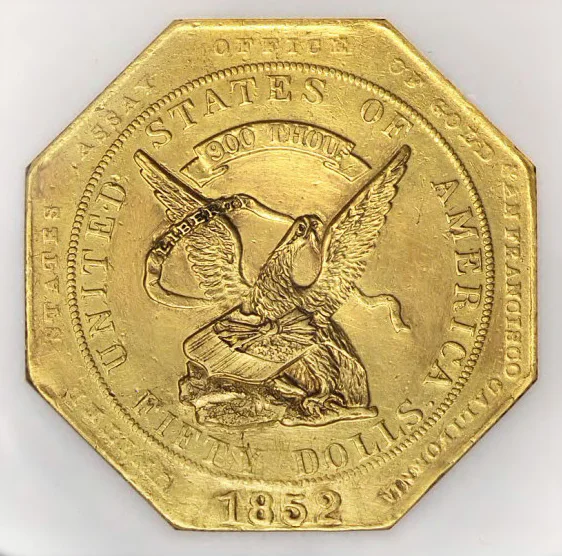Columbia
/Tired and discouraged, the Hildreth party decided to call it quits after a dismal month of prospecting in Calaveras County. The trail back to Woods Crossing led to Pine Log, where they crossed the Stanislaus River over a fallen tree, the only “bridge” for miles in either direction. Passing near a large Indian rancheria, the trail then snaked down a gulch to the foot of a small hill where they camped for the night, spreading their blankets beneath a large oak tree. It rained during the night, obliging the men to remain the next morning in order to dry out their clothes and blankets.
Read More




















